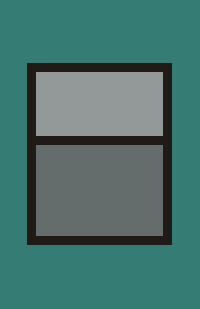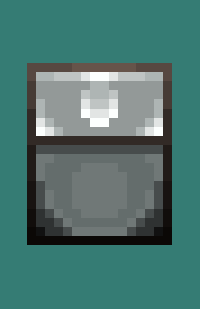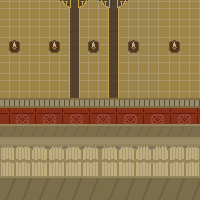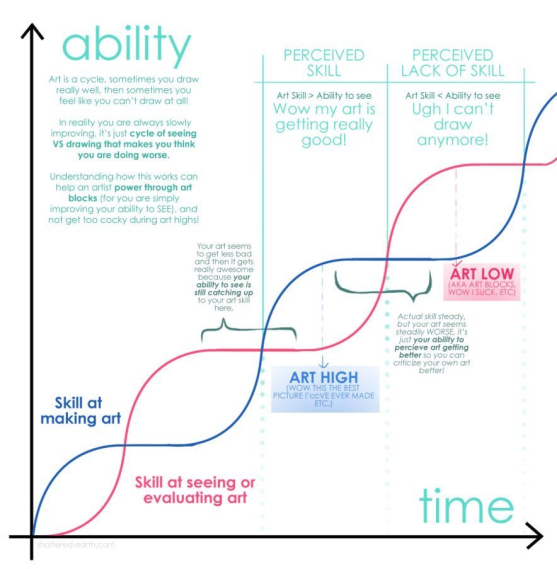I'm considering making a video with tips for artists looking to sell assets on itch.io.
What tip and tricks would you share with a new artist?
When you say “new artist”, do you mean that as “new to art in general” or “new to selling assets on itch”? It’s not entirely clear to me, but if you mean the former I can think of a few things. You probably have this stuff on your list already, but I’ll put ’em down here anyway:
Feel free to use whichever of these you want. And please do post the video when it’s done, I’d be curious to see how it turns out!
this is a great idea, ive been doing pixelart for probably two to three years, and i can say ive improved a lot, ive learned a lot, and my style has changed a lot. when i started out i thought i was good (i was just a beginner) and looking back i can see how bad i was, but you can really only see how bad you are when you compare (in most cases), i can compare my latest peice to one of my oldest pieces the one on the right (if you couldn't tell is the older one, it was my attempt at eric barone, the left is my attempt at micheal stevens, even though i'm the best i ever have been, if i compare to a pro pixel artist my art doesnt look so good anymore. the point is (if any) there will always be a frame of reference where you and your art looks bad ,and one that looks good, and if you start to believe that you are bad you'll get discouraged, theres no point in comparing yourself (if a beginner) to a pro.


one of the best things to do, is be familiar with your art program, micheal angillo didn't paint his masterpeice blind, or not knowing what a paint brush was, can you imagine that. i use aseprite and i think its a great art application, but use what works for you, that works for me, so i use it.
lighting and perspective is also a great thing, without perspective it can look flat or just skewed, and without lighting it can again, look flat and skewed, both perspective and lighting seem to go together, and they can make or break a project, too much and it can look too exagerated or unreal and or weird (unless it goes with the feel of the peice), a little goes a long way. my perspective has improved a lot, and so has my light perseption, below ive made a example of what lighting can do for a object. ( even the first one has a tiny amount of lighting included, being the top of the cube is lighter!).


one thing that helped me is giving yourself a challenge, i tryed a 90 day one but gave up about halfway through, i would post one art a day, even though i gave up halfway through, i improved a lot my oldest art peice i have is; the top is the oldest and bottom newest.
 and my newest is
and my newest is 
just always keep trying, never give up, give yourself challenges, try new things, dont paint blind, and always wear your seatbelt.
-Cheers
sorry for the rootbeer being so big
“there will always be a frame of reference where you and your art looks bad ,and one that looks good, and if you start to believe that you are bad you’ll get discouraged”
Ooh! This is a perfect opportunity to bring out the graph, because there’s a very interesting phenomenon in art that’s good to be aware of:

Your skill at analyzing art and your skill at actually producing it usually grow out of sync with one another, and this naturally results in high & low points. Often when you see too many flaws in your recent work it’s a result of getting better at perceiving those flaws, then your skill catches up and the cycle begins anew.